Amelia Earhart was the first millennial hustler
Amelia Earhart was ahead of her time, and not just because she was a pioneering female pilot in the early 20th century. Her life was decidedly postmodern—the lady had more gigs than a millennial and reinvented herself as often as a Gen-Xer. She tried and failed and succeeded a lot for someone who lived only 40 years.
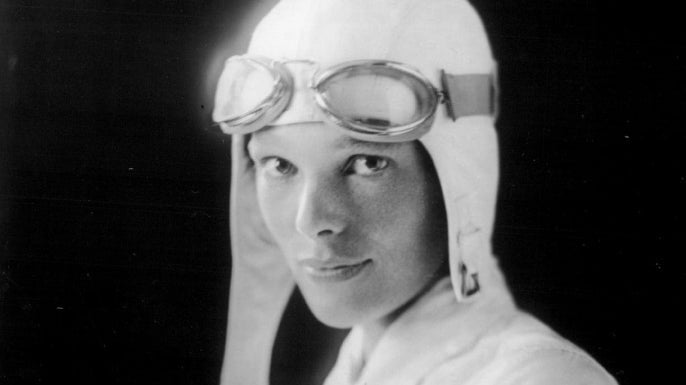

Amelia Earhart was ahead of her time, and not just because she was a pioneering female pilot in the early 20th century. Her life was decidedly postmodern—the lady had more gigs than a millennial and reinvented herself as often as a Gen-Xer. She tried and failed and succeeded a lot for someone who lived only 40 years.
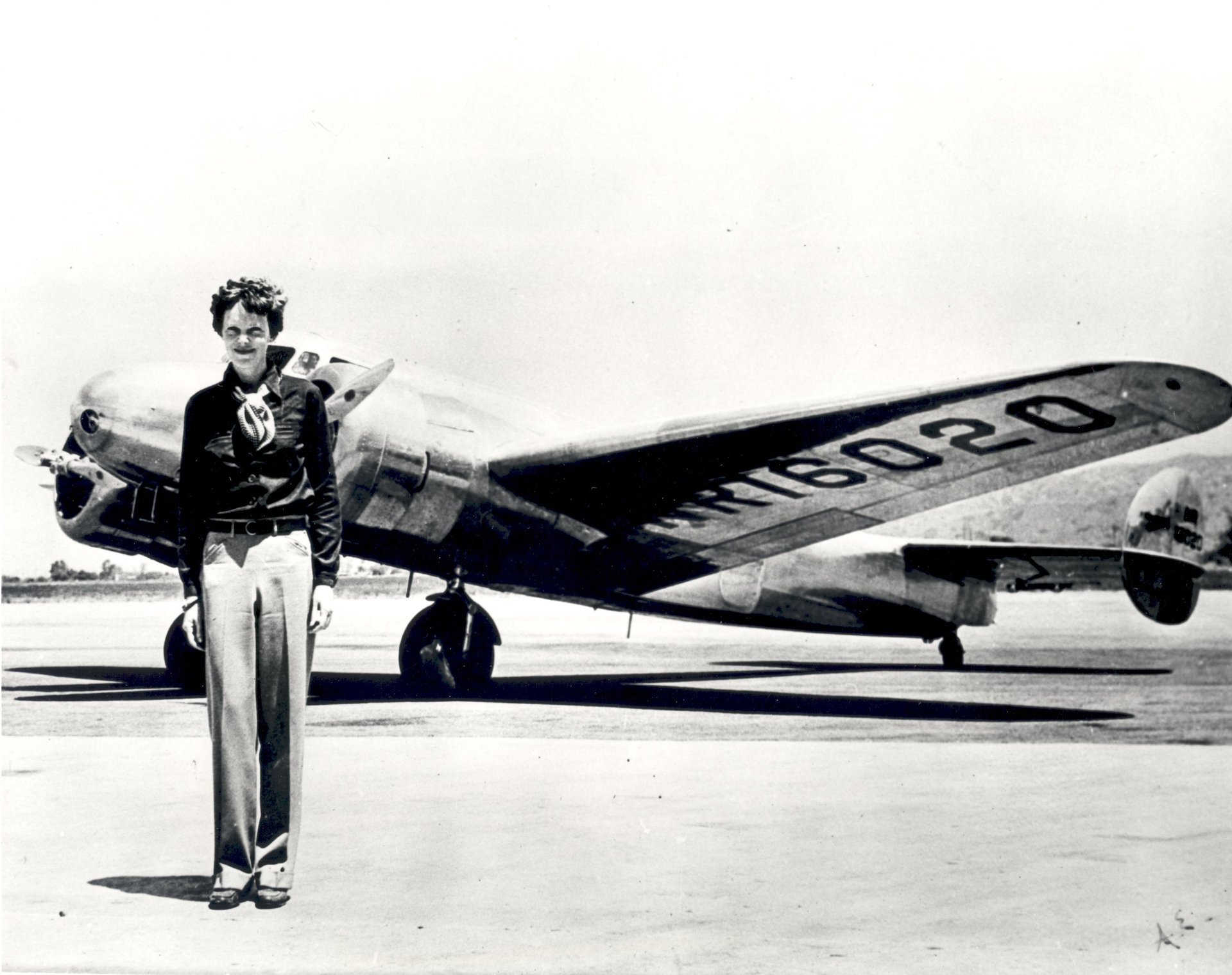
Earhart was born in Kansas in 1897 to parents with a difficult marriage. She was shuffled around in childhood and spent her adult life hustling to get her career off the ground. Still, she made her impossible dreams come true and turned herself into a role model, brand, and international celebrity. When her plane disappeared 80 years ago this week, on July 2, 1937, she was known not only as a pilot but as a feminist, a writer, a style icon, and a woman with a revolutionary approach to relationships.
If Earhart had a blog, you would follow it for the fashion, and the advice on being awesome, and she would have been happy to help. The pilot was intent on being a model for other women with a wanderer’s spirit.
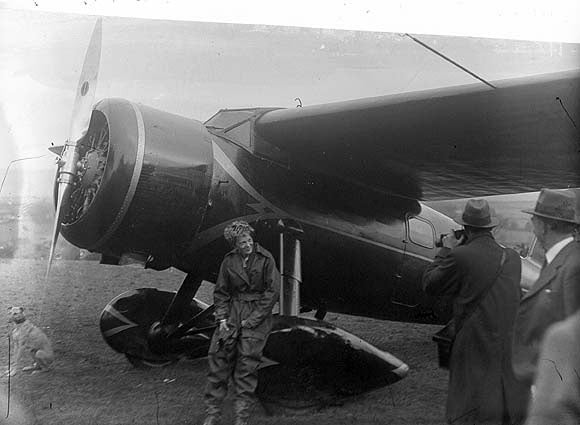
Before that, however, she had to find her way. As a child, Earhart was a promising science student who planned to become a doctor. She twice dropped out of Columbia University—in 1919 and in 1925—due to family and financial problems.
In any case, her destiny was elsewhere—specifically, in the air. Earhart became enamored with aviation while volunteering as a nurse’s aide for the Red Cross during World War I. In 1920, she attended an air show in Long Beach, California, flew in a plane for 10 minutes, and decided that flight was her calling.
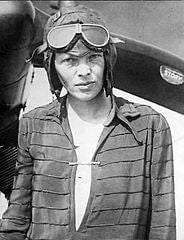
“By the time I had got two or three hundred feet off the ground, I knew I had to fly,” she is reported to have said. Earhart chopped her long locks, bought a leather aviator’s jacket (according to Biography.com, she slept in it for months to give it a distressed look) and took flying lessons. She saved money for her first plane by driving a truck.
In 1922, she flew 14,000 feet, an altitude record for women pilots. The following year, Earhart became only the 16th woman in the world to earn a pilot’s license.
The plane was soon sold, however. More family woes led Earhart across the country with her mother to Massachusetts. There, she worked as a social worker and journalist, as well as a sales representative for Kinner Airplanes.
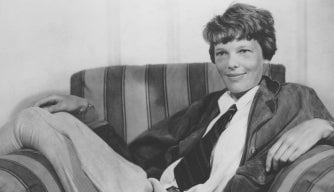
Meanwhile, she was making a name for herself as a female aviator. In 1928, pilot and publicist Hilton Railey offered Earhart the opportunity to fly across the Atlantic. She’d be the first woman to attempt such a feat, just accomplished by Charles Lindbergh the previous year.
She took the gig but discovered she wouldn’t actually fly the plane. Earhart accompanied two men on the mission, like “baggage” or “a sack of potatoes,” in her words.
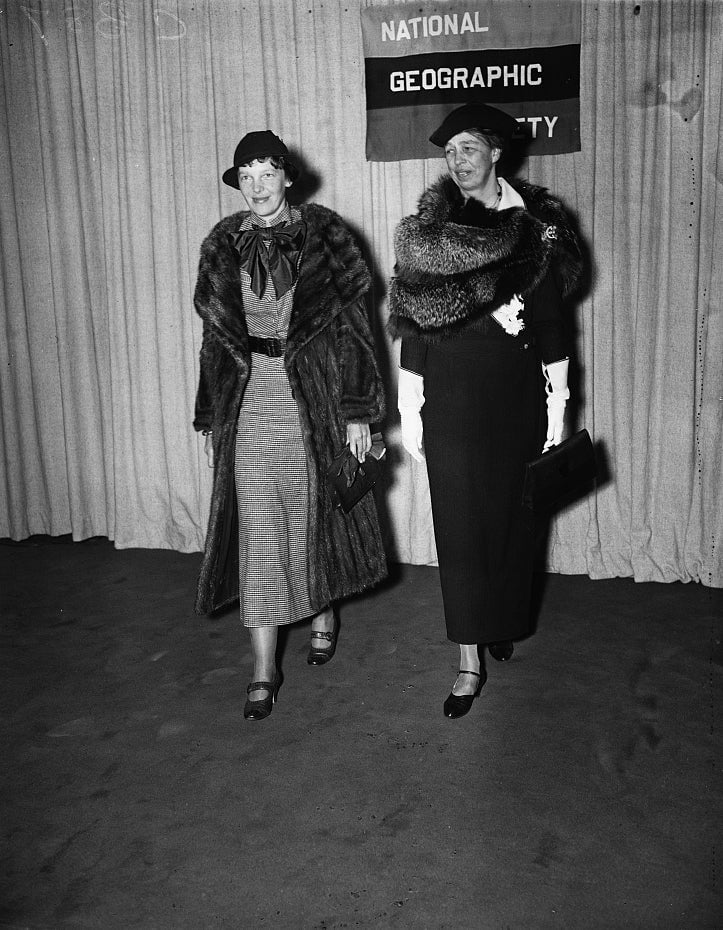
Still, others considered the trip a success. Publisher George Putnam offered Earhart a book deal and lodgings while she wrote. Earhart joined him and his wife at their home in Connecticut.
The book 20 Hours, 40 Minutes—which is how long that trans-Atlantic flight took—was published in 1928. That led to a tour and promotional deals for the aviator-turned-star, for example with TWA.
Earhart’s personal style was much admired. She even had her own fashion line. The pilot sewed her own clothes and quickly took to designing for others. She also worked as an associate editor at Cosmopolitan. In 1930, she became the first president of a female pilot’s club called the Ninety Nines.
Even in matters of love, Earhart was untraditional. Putnam divorced his wife in 1929 and married Earhart two years later. She insisted they not be bound by “medieval” promises of monogamy, and not interfere with one another’s work.
Putnam helped Earhart fundraise and plan for her next big trip in 1932, a trek across the Atlantic alone. It was a tough flight and Earhart landed in Ireland rather than France. But the world loved her and she was undeterred. She was awarded medals and prizes by presidents and dignitaries and continued performing flying feats.
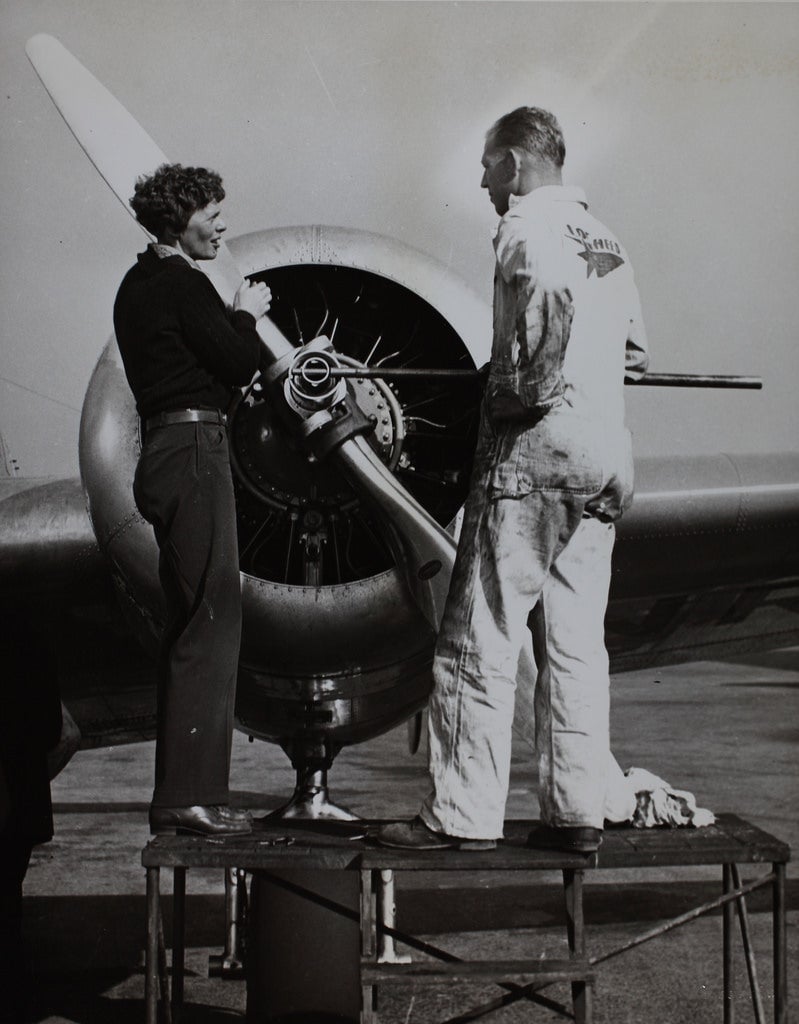
Earhart’s career as a serious pilot really took off after that. In 1935, she went back to school, this time as an authority. She was a technical advisor at Purdue University, working with the school’s aviation program while continuing to break flying records.
Still, she had bigger dreams. She was determined to fly around the world, following the line of the equator. In March 1937, her plane left Oakland, California, with a crew of three, but there were mechanical problems and the mission was quickly aborted after a landing in Hawaii. In June, Earhart tried again. This time, she flew with only one other person, pilot Fred Noonan.
On July 2, they went down somewhere in the Pacific and have been missing ever since. It’s now believed that she made an emergency landing on Nikamuroro island and survived for some time. The hunt for Earhart’s remains continues to this day, and if found may offer some clue as to what really happened to her 80 years ago.
But it is Earhart’s brave and creative life that is most instructive for anyone aspiring to be awesome.